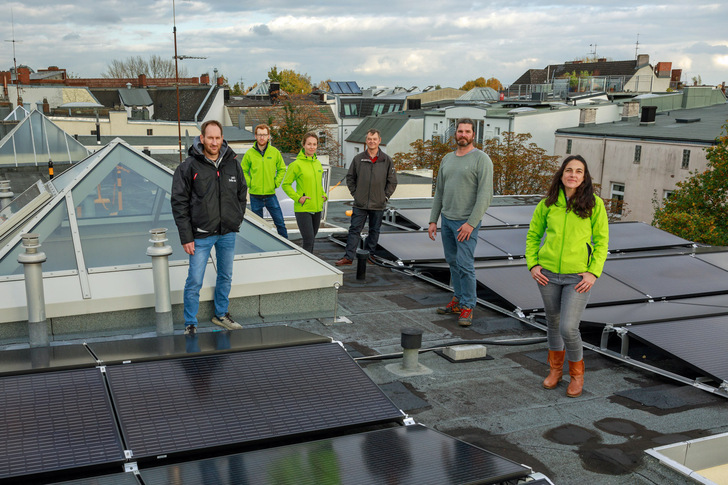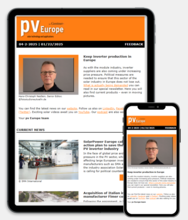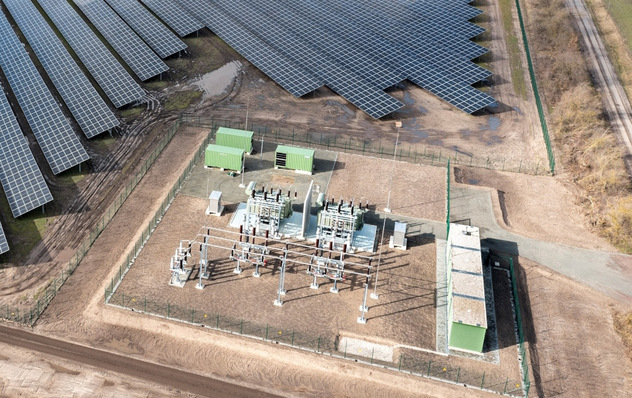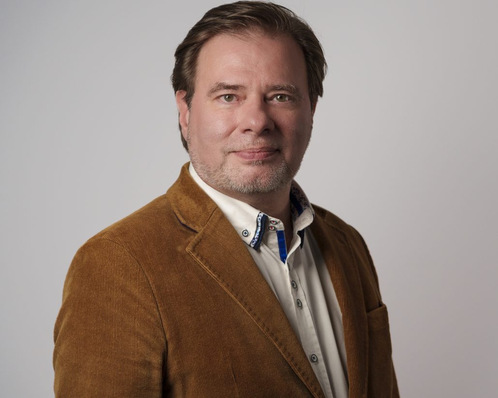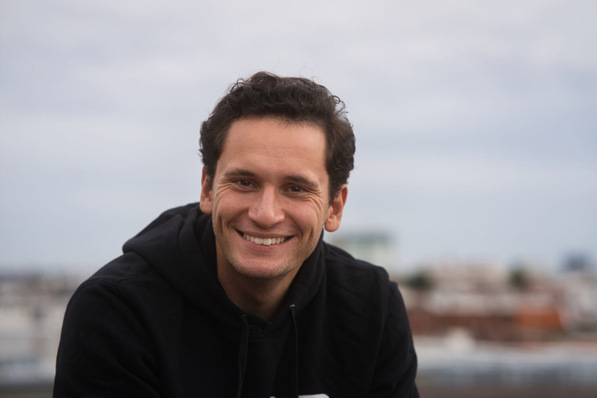The EU Renewable Energy Directive (RED II) defines energy communities as “the pooling of energy production and consumption to promote the collective participation of smaller players in the energy market and to balance the energy system at a decentralized level”. They offer the opportunity to jointly own, manage and benefit from local renewable energy projects, such as solar parks.
They also help to increase public acceptance of renewable energy projects and facilitate private investment in a clean energy transition. At the same time, they bring direct benefits to citizens by optimizing energy efficiency and reducing electricity bills. Energy communities can also help to stabilize the electricity system through demand response (DR) and energy storage and make use of flexibilities.
More than 9000 energy communities - different framework conditions
The EU distinguishes between two types of energy communities, the Citizen Energy Community (CEC) and the Renewable Energy Community (REC). They can be organized as companies, cooperatives, non-profit organizations (NPOs), SMEs or other forms of partnerships. Their main objective is not to generate financial profit, but to create environmental, economic or social benefits for their shareholders, members and the region. This is one of the main reasons why the 2018 RED II Directive requires EU Member States to ensure that energy communities have a level playing field or “level playing field” (like other market participants) to operate in the market in a non-discriminatory manner.
There are currently many different forms of energy communities across Europe - their total number is estimated to be over 9000. However, the binding EU regulation of RED II on their non-discriminatory treatment has not yet been implemented in many cases. The framework conditions are very different in many EU countries and there are numerous obstacles and challenges. In some countries, such as Spain, Austria, Portugal and France, there is already a separate legal framework for energy communities, while in other countries this is currently being developed.
Still high hurdles in Germany
Germany has not yet implemented the EU requirements sufficiently. There are around 900 citizens' energy cooperatives between Constance and Flensburg - and around 1700 energy communities, depending on how you count them. However, their operation and establishment is greatly hampered by complex regulations and a high level of bureaucracy.
Also see: Call for a democratic, resilient, and affordable energy future
This applies in particular to energy sharing. For example, it is not yet possible for energy communities to generate electricity and share the surplus with neighbors. Jointly generated electricity may not flow through the public electricity grid if it is also to be used within the energy community. The Federal Ministry for Economic Affairs and Climate Protection has announced that it will present a draft law on energy sharing (also due to the requirements of the EU electricity market reform), but it is currently unclear whether this will actually bring any improvements.
Operational rules published in Italy
In Italy, the responsible national energy agency published operational rules for energy communities in February 2024 after a test phase lasting several years. At the end of November 2023, the European Commission approved a €5.7 billion program to develop energy communities with a renewable plant portfolio of up to 1 megawatt (MW) in the country.
At the end of 2023, there were just over 100 energy communities in Italy, but a significant increase is now expected with the new regulation. The aim of the government in Rome is to install additional PV systems with a total output of 5 gigawatts (GW) by 2027 by strengthening the energy communities. The industry association Italia Solare even expects at least 12 GW of PV to be added through energy communities by 2030.
Greece promotes locally operated energy communities
There are more than 1,600 energy communities registered in Greece that operate renewable energy systems with an installed capacity of more than 1 GW. However, most of them are dominated by companies. Last year, the legal framework was adapted to facilitate the establishment of energy communities by cooperatives, citizens' groups and municipalities.
In December 2023, the Greek government made €42 million available with the support of the EU Structural and Investment Fund to support locally operated energy communities that operate via net metering or virtual net metering. The projects must use renewable energy sources to meet the electricity needs of municipal buildings such as hospitals, schools and sports halls. The electricity generated can also be used for households affected by energy poverty. Funding is provided for 80 percent of the costs of energy community projects with a minimum installed capacity of 0.3 MW.
FEDECOM project runs until 2026
Opportunities for the further development of energy communities were presented in a webinar by The smarter E on the topic of “European energy communities: sector coupling, flexibility and operational perspectives”. The focus was on the EU project FEDECOM, FEDErated “systems of systems” approach for flexible and interoperable energy COMmunities. It will run for four years (2022-2026) as part of the Horizon Europe program.
Also see: France – Sector coupling for more flexibility
The project aims to develop a technical and economic ecosystem to demonstrate the benefits of coupling the energy sectors (electricity, gas, heating and cooling, industry, electric and hydrogen mobility) in European energy communities. By integrating local energy systems and a cooperative demand-response (DR) strategy in a network of energy communities (regional, national, cross-border), grid stability and reliability will be improved, economic benefits increased and the carbon footprint reduced.
Main objectives
The main objectives of FEDECOM are:
- Implementation of a cloud-based solution (platform) for sector coupling, decentralized generation and energy storage, flexibility management and improvement of RE hosting.
- Validation of the solution in three pilot projects, each consisting of several (federated) demonstration sites (communities): The Spanish Virtual Green H2 Federation, the Swiss Residential Hydropower Federation and the transnational BENElux e-Mobility Federation.
- Develop viable plans for broad implementation in other energy communities.
Future challenges
Challenges include an increased focus of the energy communities on balancing fluctuating renewable electricity generation through energy management, energy storage and demand response, the creation of flexibility incentives through dynamic electricity tariffs, the increased integration of non-electric heat supply, the technical development of the energy supply system, and the development of the energy market. (hcn)

